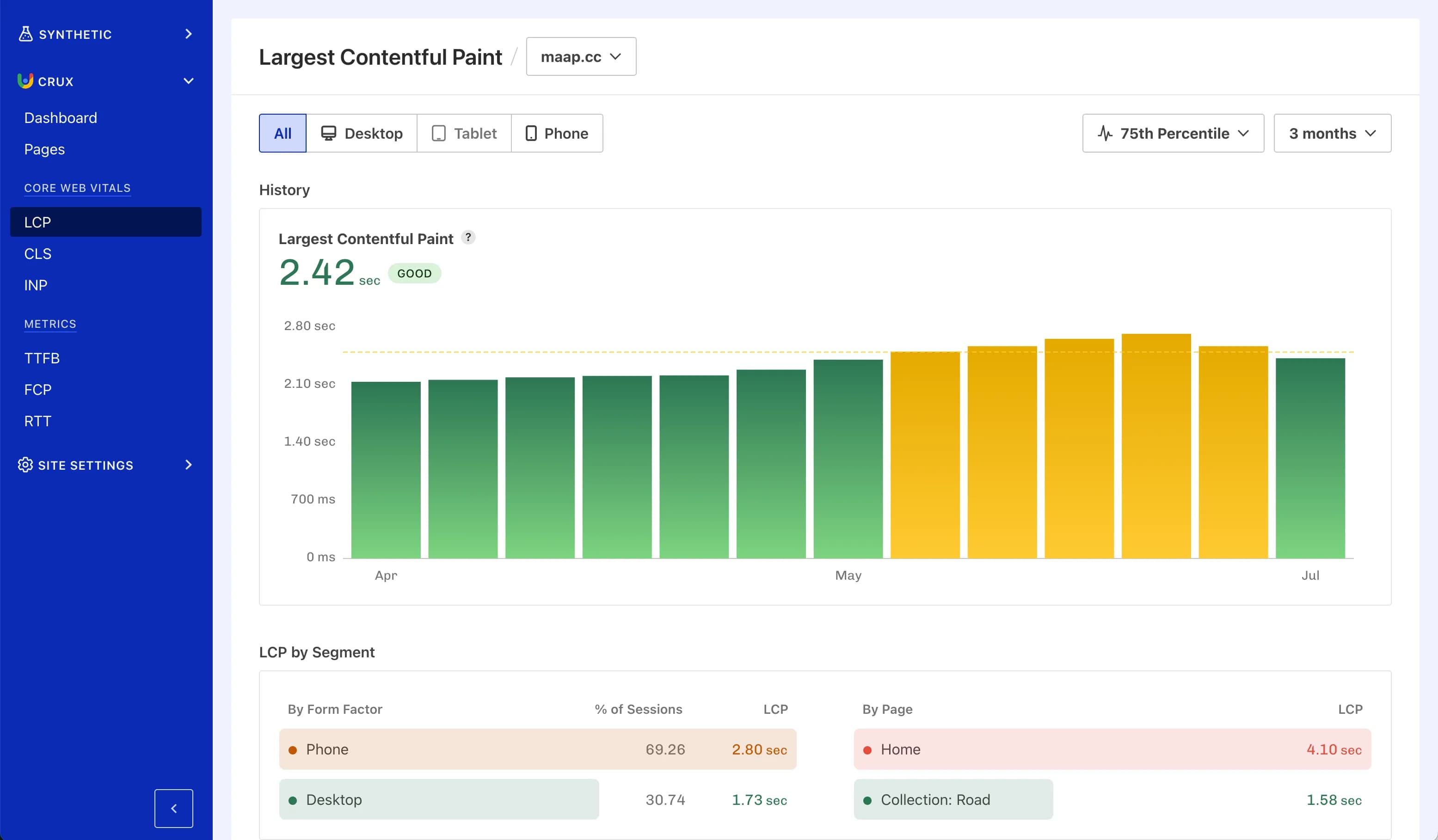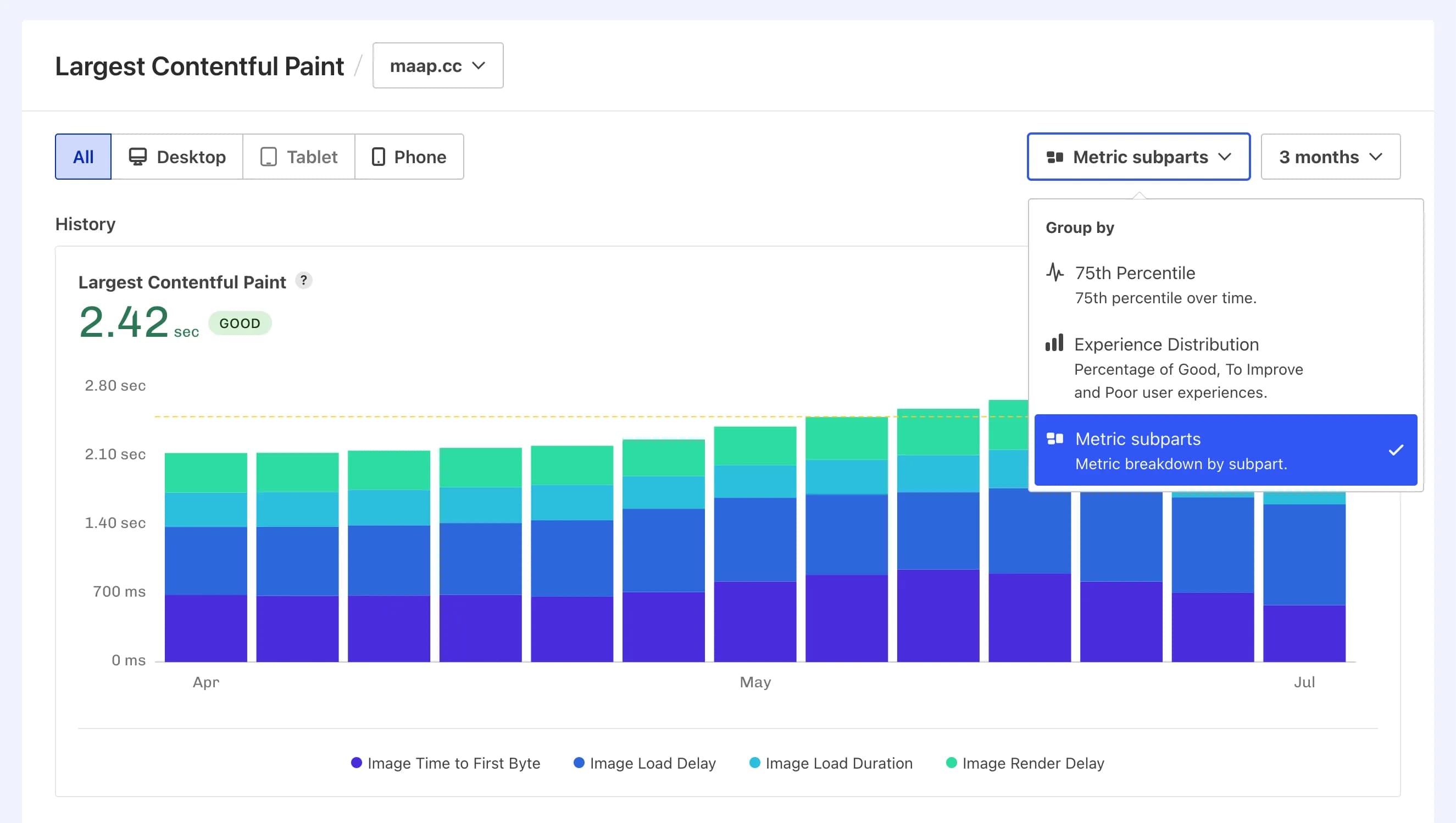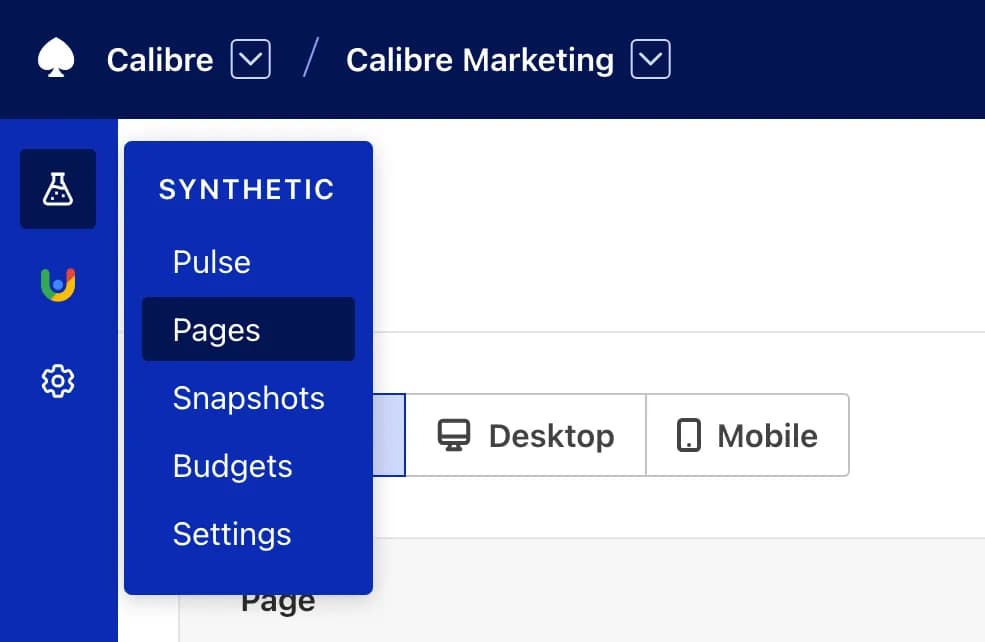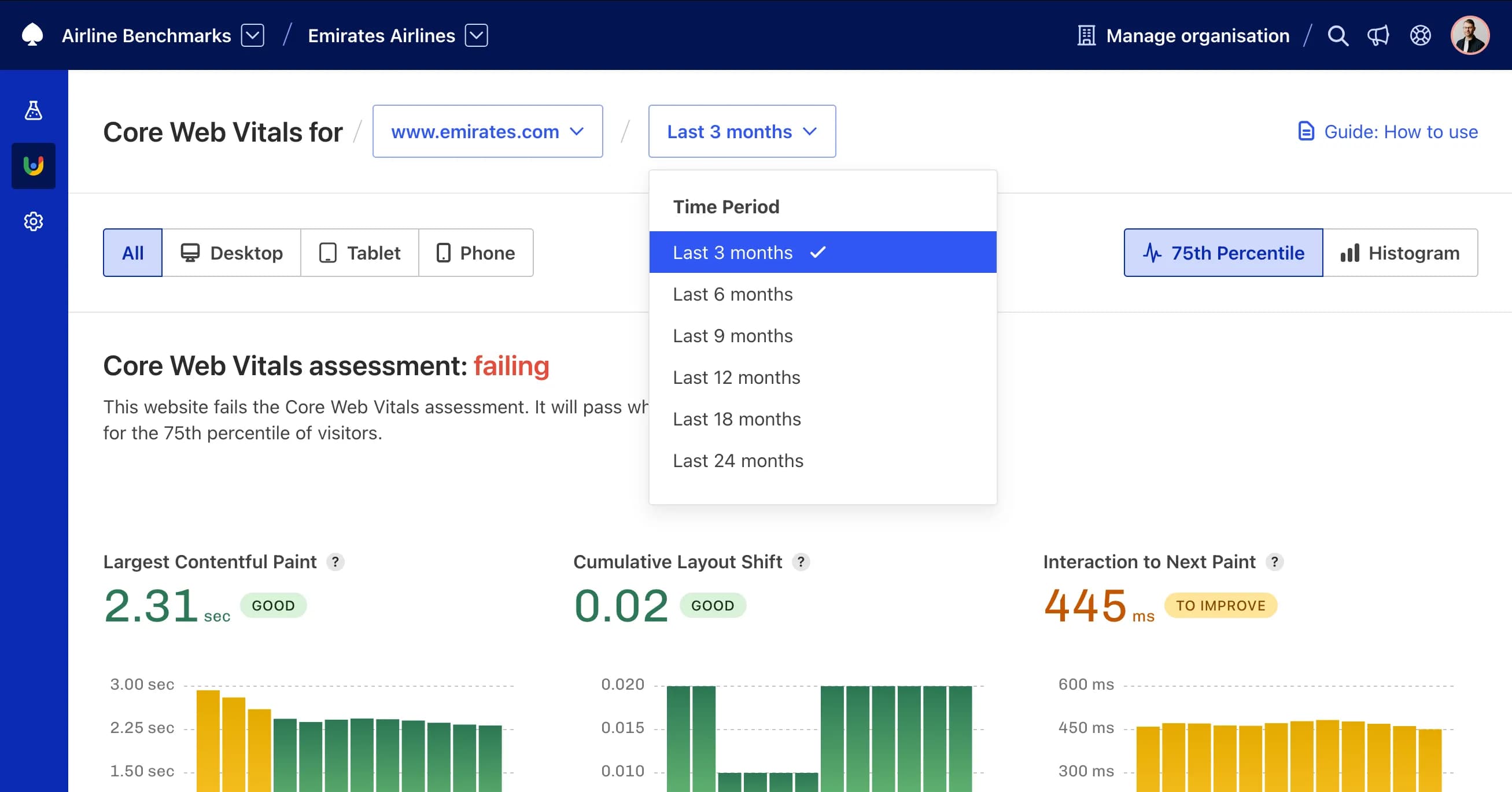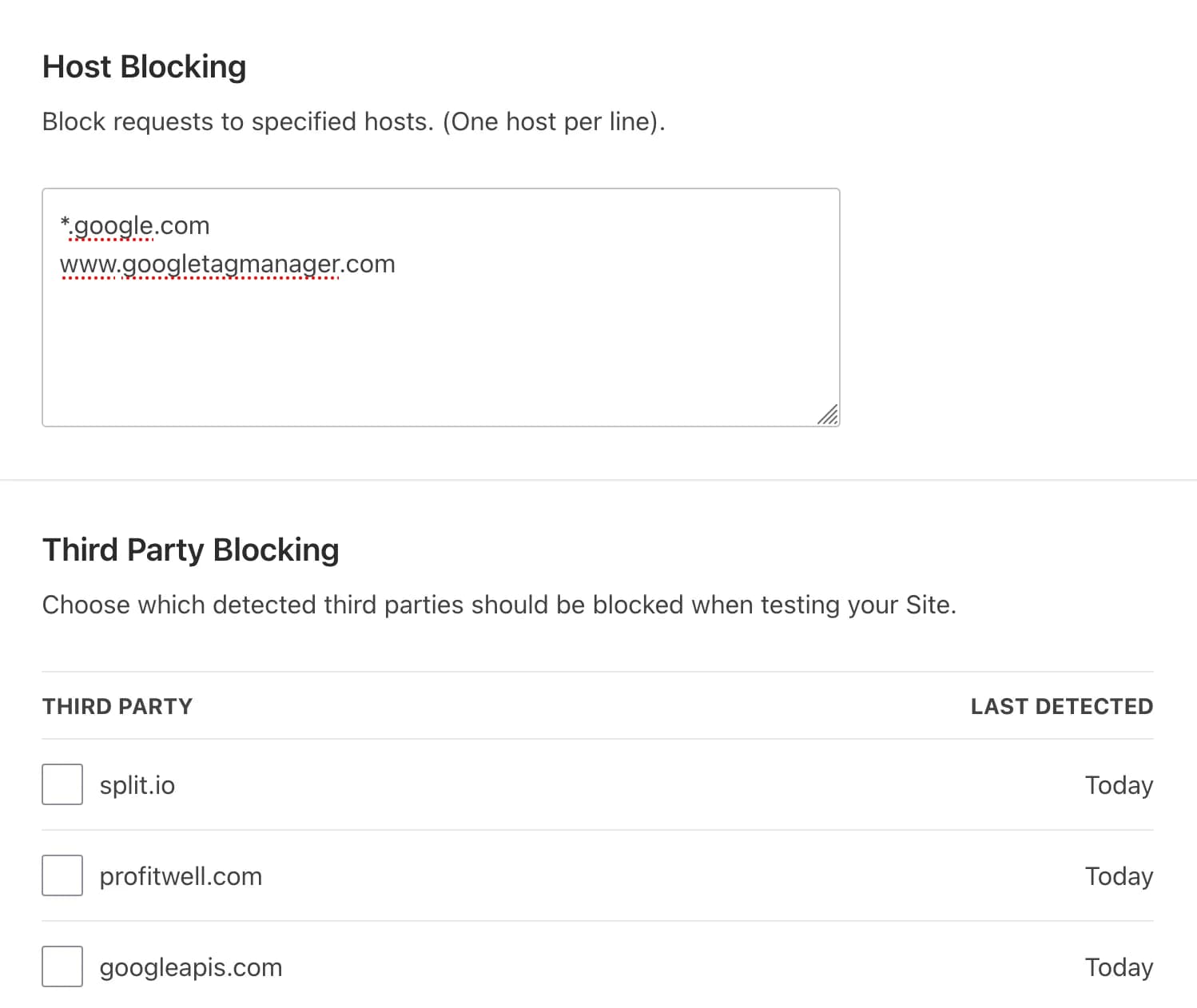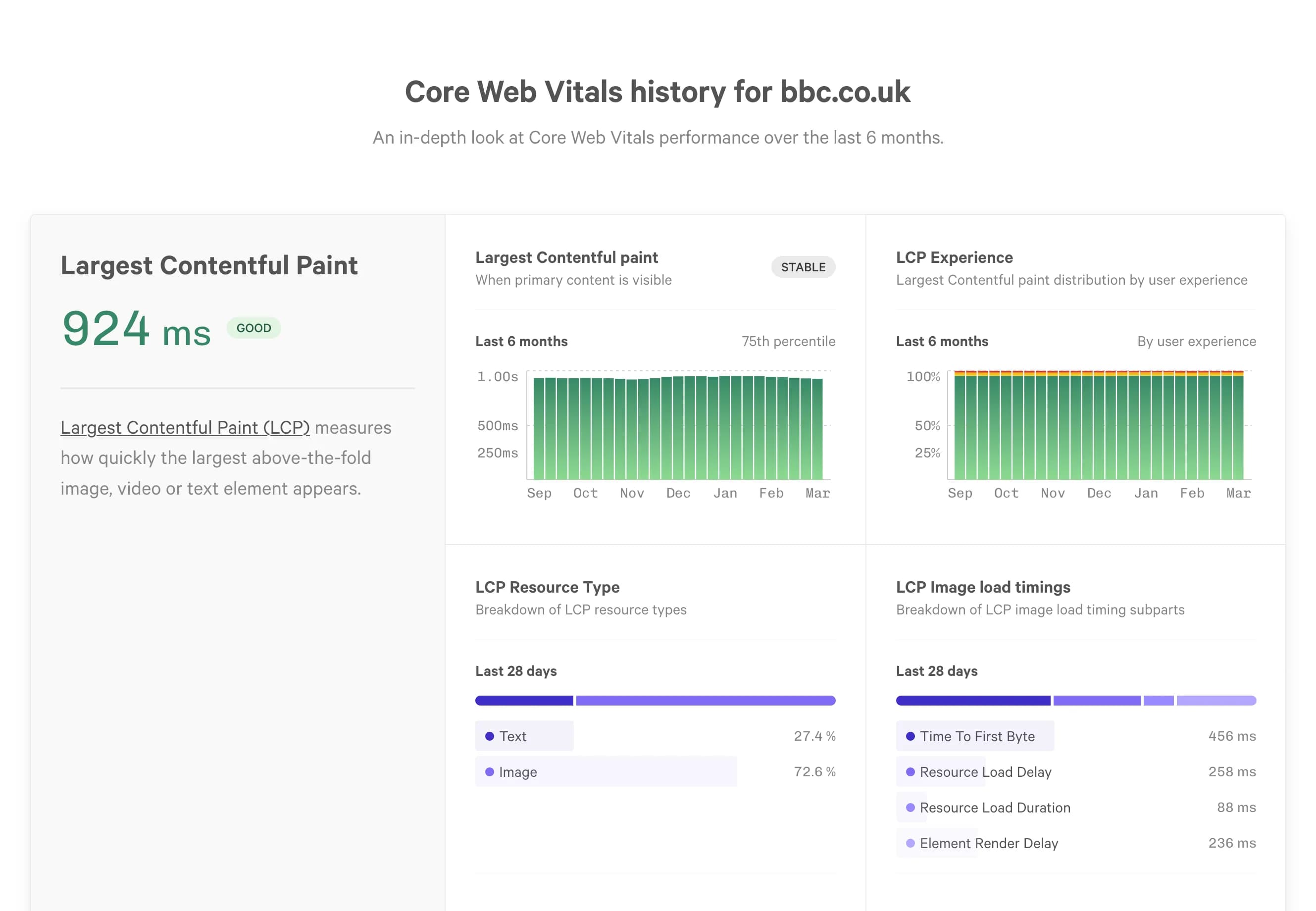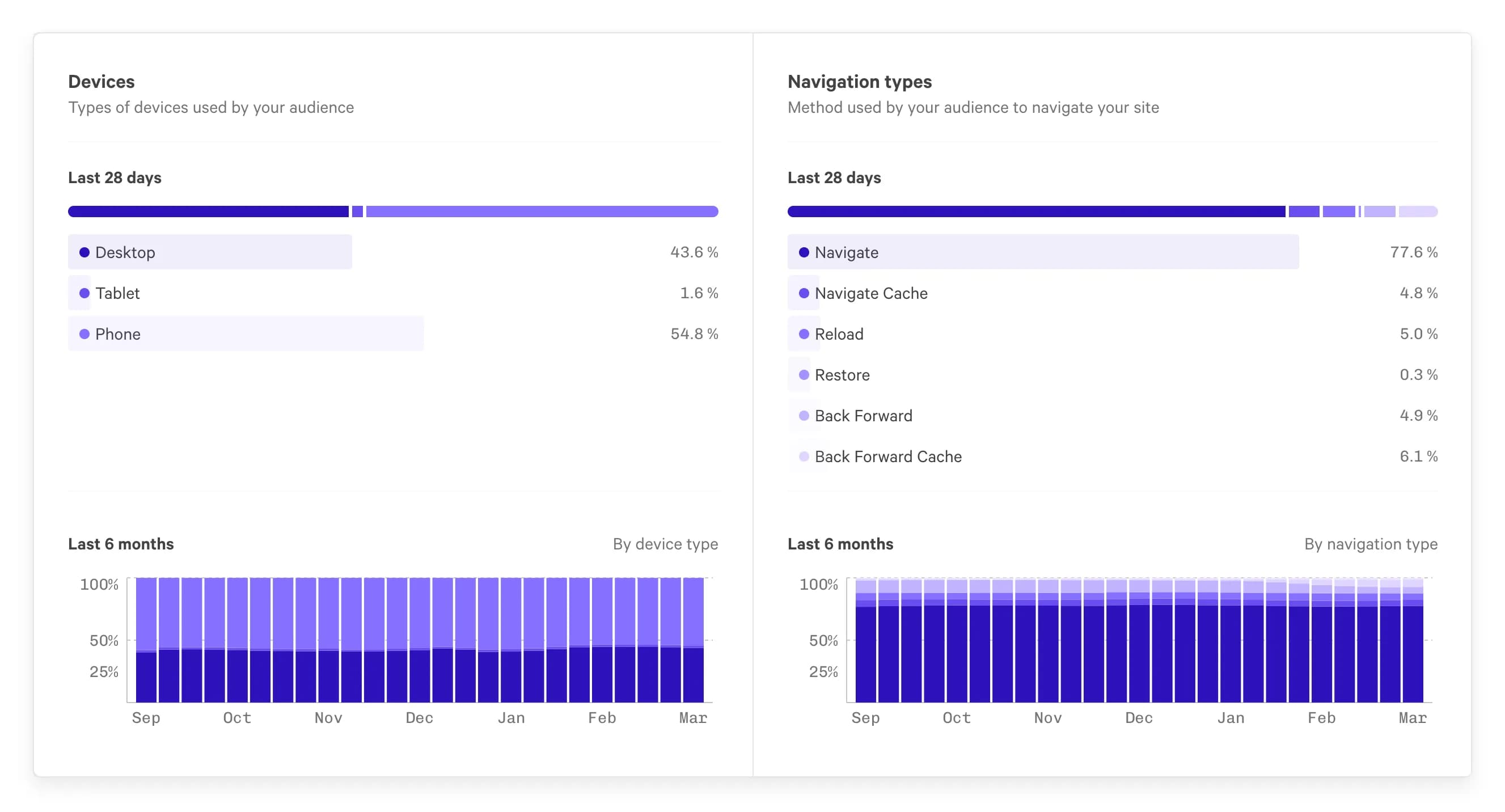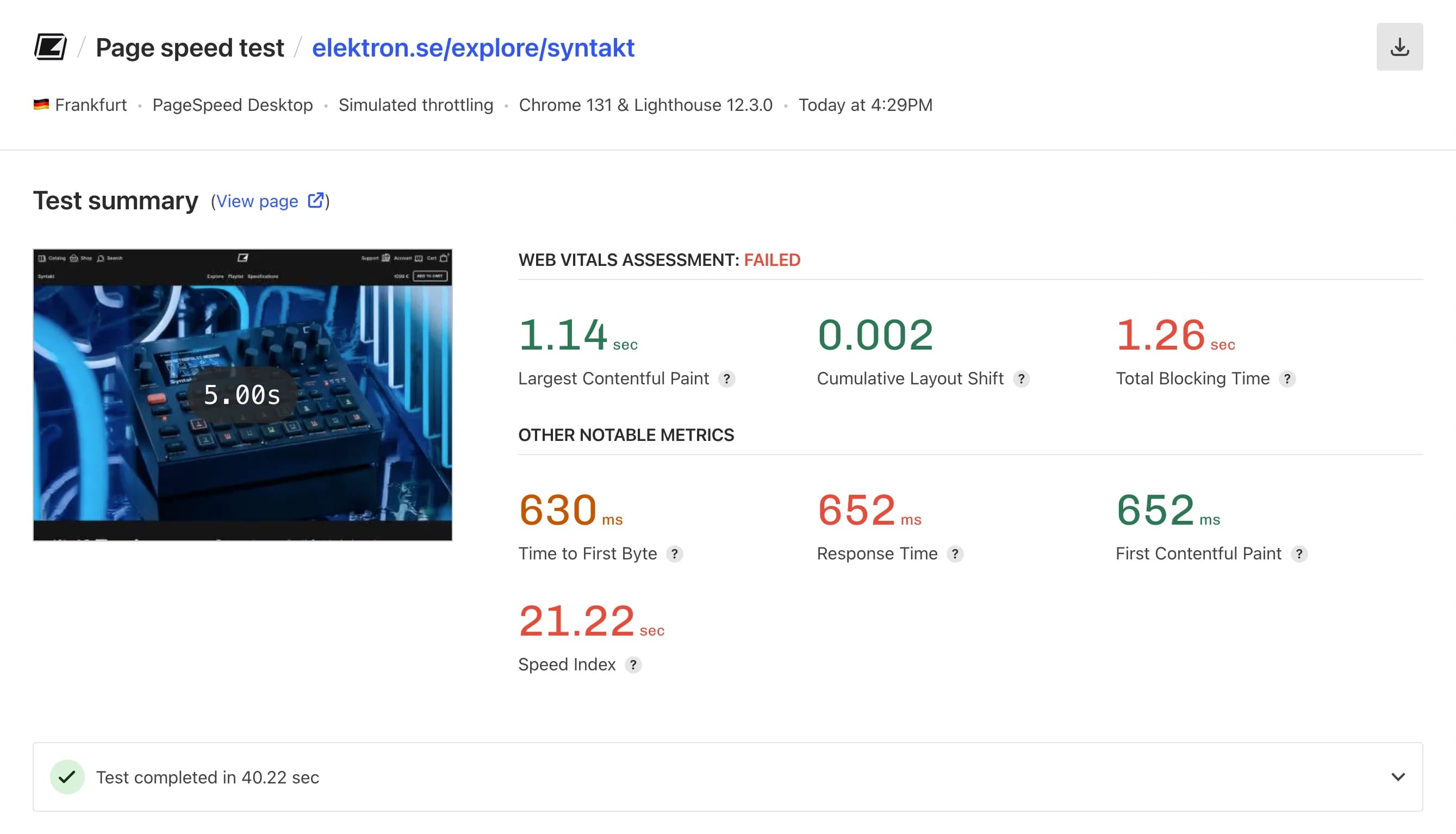You can now use passkeys to sign in to Calibre. Passkeys provide a more secure and convenient authentication method using biometric verification like Face ID, Touch ID, Windows Hello, 1Password, and others.
Why passkeys?
- More secure: Passkeys are phishing resistant and remove risks associated with passwords
- Convenient: Sign in quickly & easily using biometrics or device PINs
- You’re in control: Biometric data never leaves your device
Getting started
Passkeys are available as an authentication option alongside passwords, Google SSO, and SAML SSO.
To set up passkeys for your account, navigate to Profile settings from the avatar menu in the top right corner. From there, you can register a new passkey and manage your existing passkeys. Learn more about available authentication methods.
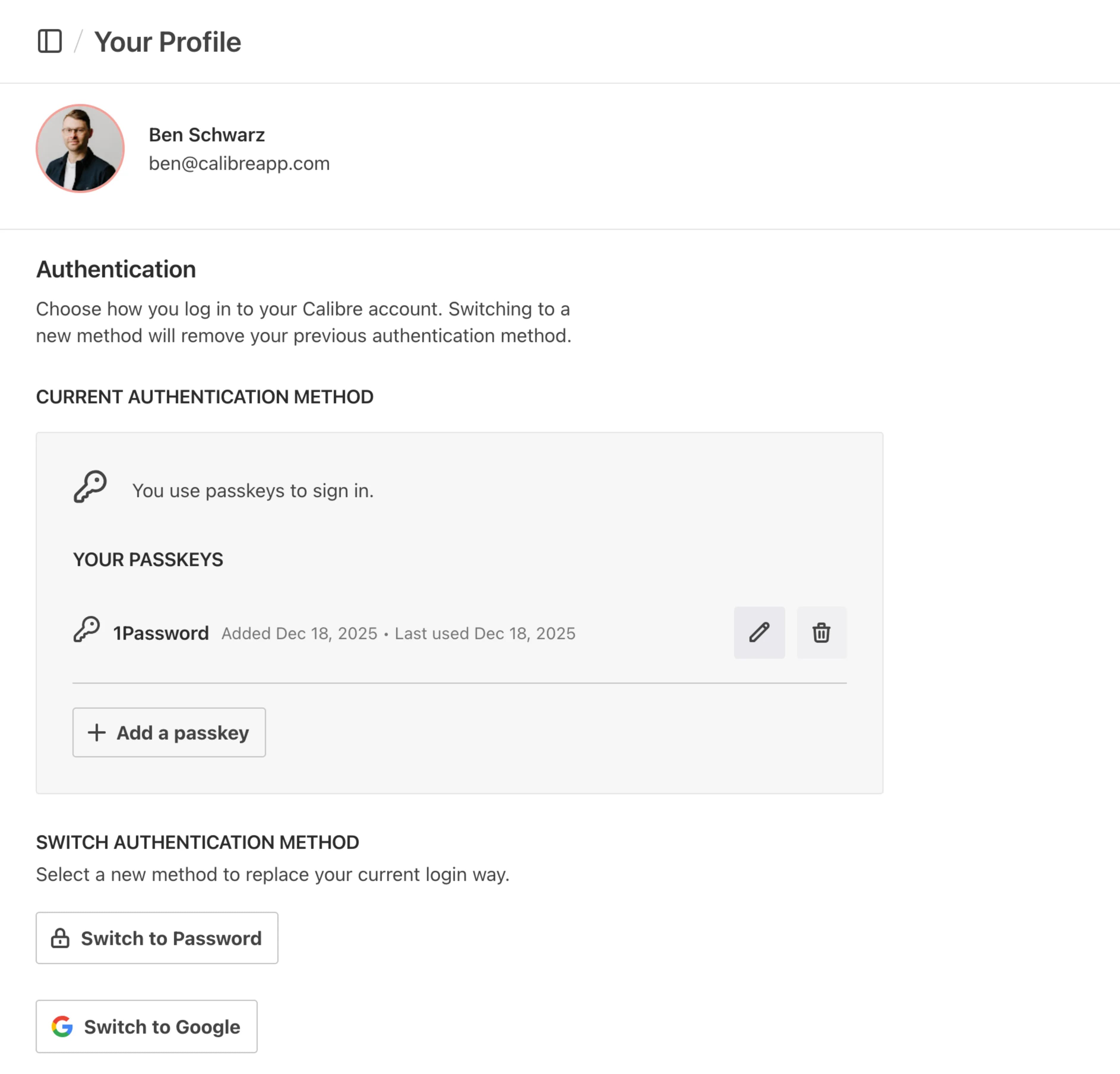
Manage your passkeys from Profile settings
New users can register using a passkey directly during sign up.
